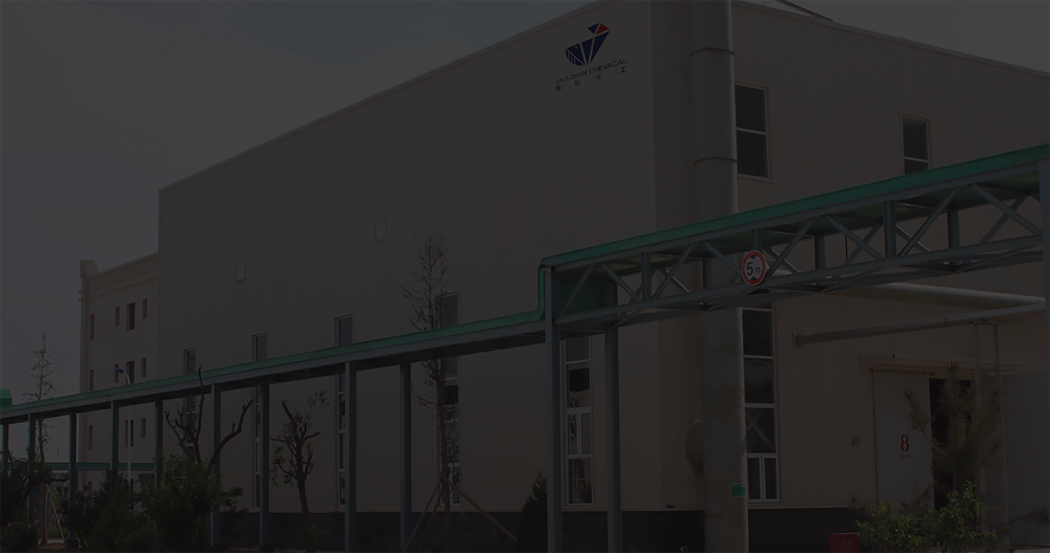
Nov . 11, 2024 19:53 Back to list
methyl hydroxyethyl cellulose price
Understanding Methyl Hydroxyethyl Cellulose Market Insights and Pricing
Methyl hydroxyethyl cellulose (MHEC) is a non-ionic cellulose ether that has gained significant attention in various industries, particularly in construction, pharmaceuticals, and personal care products. Renowned for its thickening, stabilizing, and film-forming properties, MHEC has become a key ingredient in a variety of formulations. As the global demand for this versatile compound continues to grow, understanding its pricing dynamics is crucial for manufacturers, suppliers, and consumers alike.
Applications and Demand Drivers
MHEC is primarily used in the construction industry for applications such as mortars, adhesives, and sealants. Its water retention capabilities allow for better workability and adhesion, making it a preferred choice for many construction projects. The increasing demand for sustainable and eco-friendly building materials has further propelled the use of MHEC as more companies seek to enhance the performance of their products while minimizing environmental impact.
In the pharmaceutical industry, MHEC serves as a binder in tablet formulations and as a thickener in liquid products. Its ability to provide controlled release of active ingredients makes it an essential component in the development of modern pharmaceutical formulations. Additionally, the personal care sector utilizes MHEC in cosmetics and personal hygiene products for its moisturizing and film-forming properties. The growing trend towards natural and organic products has also spurred interest in MHEC due to its biodegradable nature.
Pricing Factors
The pricing of MHEC is influenced by various factors, including raw material costs, production processes, and market demand. The primary raw material for MHEC is cellulose, which is derived from wood pulp or cotton. Fluctuations in the prices of these raw materials due to environmental factors and geopolitical events can significantly impact the overall cost of MHEC production. Moreover, the complexity of the manufacturing process, which involves several chemical modifications, adds to the production costs.
Market dynamics play a crucial role in determining MHEC prices. An increase in construction activities, particularly in emerging economies, has led to a surge in the demand for MHEC. This heightened demand, combined with limited production capacities, often results in price volatility. Conversely, economic downturns or reduced construction activities can lead to oversupply, causing prices to drop.
methyl hydroxyethyl cellulose price

Regional Market Insights
Geographically, the Asia-Pacific region is anticipated to lead the MHEC market owing to rapid urbanization and infrastructural development. Countries like China and India are experiencing significant growth in construction activities, creating a robust demand for construction chemicals that include MHEC. North America and Europe also present substantial markets, driven by innovation in pharmaceuticals and consumer products.
Currently, the price range of MHEC varies depending on quality and application, with synthetic grades often commanding a premium. On average, the price for MHEC can range from $2 to $5 per kilogram in bulk purchases. However, specialty grades used in high-performance applications may exceed these prices due to their superior functionalities.
Future Trends
Looking ahead, the MHEC market is expected to see consistent growth, buoyed by ongoing advancements in application technologies and growing environmental concerns leading to the adoption of greener products. Additionally, research and development efforts aimed at producing more efficient MHEC grades could result in new formulations that offer enhanced performance while being cost-effective.
As sustainability becomes a focal point across industries, MHEC’s biodegradable nature positions it favorably in the market. Manufacturers who can leverage this attribute while simultaneously managing production costs are likely to benefit from increased market share and consumer preference.
Conclusion
Methyl hydroxyethyl cellulose stands as a significant player in the supply chain of various sectors, with its adaptable applications and beneficial properties. While its pricing remains influenced by raw material costs and market dynamics, the projected growth in demand across multiple industries signifies a promising future for MHEC. Keeping an eye on these trends will provide valuable insights for stakeholders looking to navigate the complexities of the MHEC market.
-
Versatile Hpmc Uses in Different Industries
NewsJun.19,2025
-
Redispersible Powder's Role in Enhancing Durability of Construction Products
NewsJun.19,2025
-
Hydroxyethyl Cellulose Applications Driving Green Industrial Processes
NewsJun.19,2025
-
Exploring Different Redispersible Polymer Powder
NewsJun.19,2025
-
Choosing the Right Mortar Bonding Agent
NewsJun.19,2025
-
Applications and Significance of China Hpmc in Modern Industries
NewsJun.19,2025







